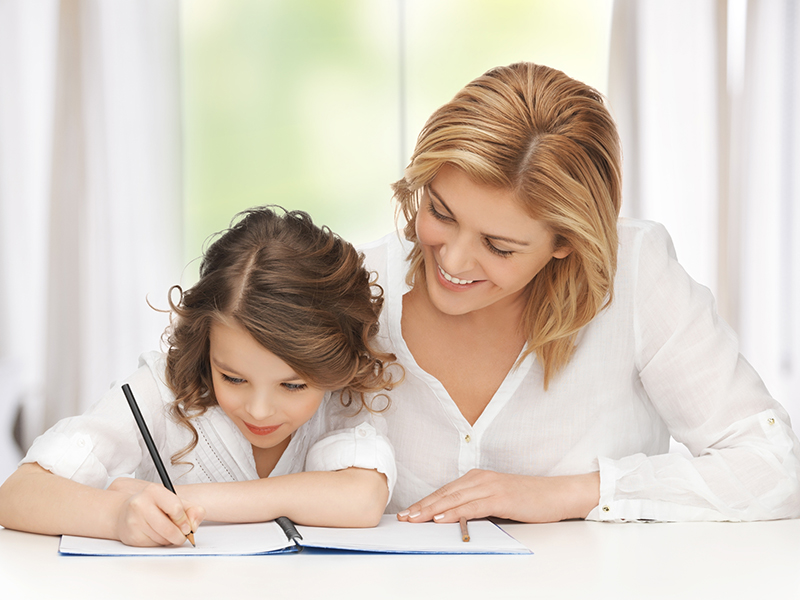
Schools Are Not Able To Help
Most teachers are not trained to help children with learning differences. Because teachers can't help kids get pushed into remedial classes. Schools warehouse children. They push them through the system. These children are never provided with a decent education
Dyslexia is a different way of thinking and a result of neurodiversity. Dyslexics have different strengths than typical students. It can be confusing for a student to be in a typical learning environment.
- Each person's brain operates a little differently from any other person’s brain.
- Typical teaching methods are not always compatible with the way a dyslexic learns
- Most educational methods cater to using one broad approach for all students.
Dyslexia occurs because brains are organized differently
Children with dyslexia tend to struggle with phonics or sounding out words. There are three areas that can challenge the dyslexic brain:
- Phoneme awareness
- Fluency
- Comprehension
There Are Simple Ways Parents Can Help
Step 1
Children with learning differences lose confidence. This is because they assume they are stupid. When they are just different.
So the most important first step is to help the child build confidence in themselves. Neuroscience has come up with many proven techniques for building confidence in children.
Warning! There is still a lot of bad information out there on building confidence. Early childhood development gurus got this wrong. So be careful.
Step 2
Brains change and grow. We are not stuck with the brains we were born with. But because this was recently proven, a lot of people still think otherwise.
Parents can embrace their children's true brilliance. At the same time, they can help them develop in their weaker areas.
Proprioceptive exercises prep a child's brain for learning. These exercises have become more popular. Many parents use them with their children now. The results are thrilling.
Step 3
Struggling in school is always due to weaknesses in certain cognitive micro-skills. As we know, brains can change and grow. That means children can correct these weaknesses.
Parents can help their children correct these weak areas by using micro-skill exercises. Coupling these exercises with proprioceptive exercises speeds progress.
When confidence building techniques are also used the child will work harder. They actually become thrilled to learn again. Learning becomes fun. Instead of learning being drudgery
Key Takeaways:
It's Important to Recognize Learning Differences Early
Dyslexic children’s brains are organized differently. Thus, learning to read for a dyslexic child requires non-traditional methods. Students may have confusion over learning methods that don’t work for them, but seemingly work well for others. Diagnosis often comes after the student has experienced repeated scholastic failures and fallen behind their peers. However, testing for possible dyslexia allows early intervention, as early as kindergarten or first grade. Once diagnosed, a child is able to learn to read with the help of specially trained teachers and necessary resources.
If a child suffers for a long period before getting help it is likely they will suffer damage to self-esteem.
Most children with learning differences are "Different Thinkers". Many of the world's best creators throughout history saw things in a different way.
Don't worry if your child is a different thinker. You can embrace their brilliance and unleash their full potential. Just use these simple steps.
By doing so you can give your child their best life possible. Isn't that what we, as parents, want most?.
Do You Need help with a Learning Difficulty?
Our simple online analysis will help you get to the core of the problem and find the right solution for you.
Understanding how to help someone with a learning difficulty starts with understanding which micro-skills are affected. When you learn which of the micro-skills is the problem, you will then be on your way to solving it.
You'll also learn how to:
- Build confidence
- Enhance Learning ability
- Eliminate avoidance
- Build grit
You can get this analysis for free by filling out this simple form. This will help you get to the bottom of a learning difficulty and provide you with a solution. If you are ready to put this problem behind you click the button below and fill out the form.










